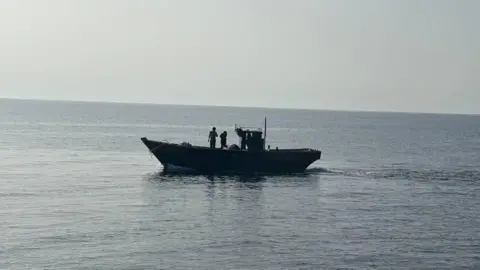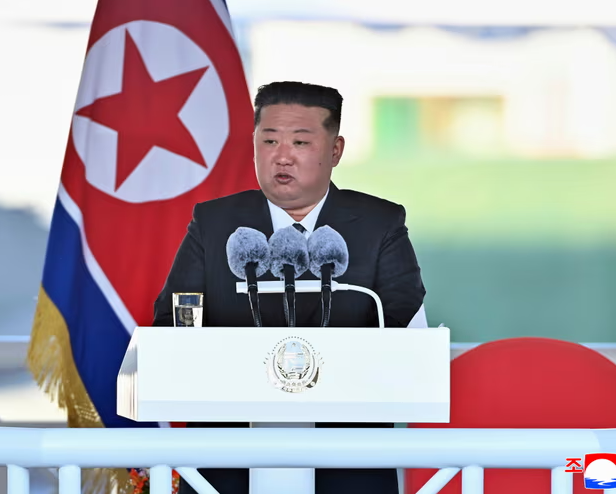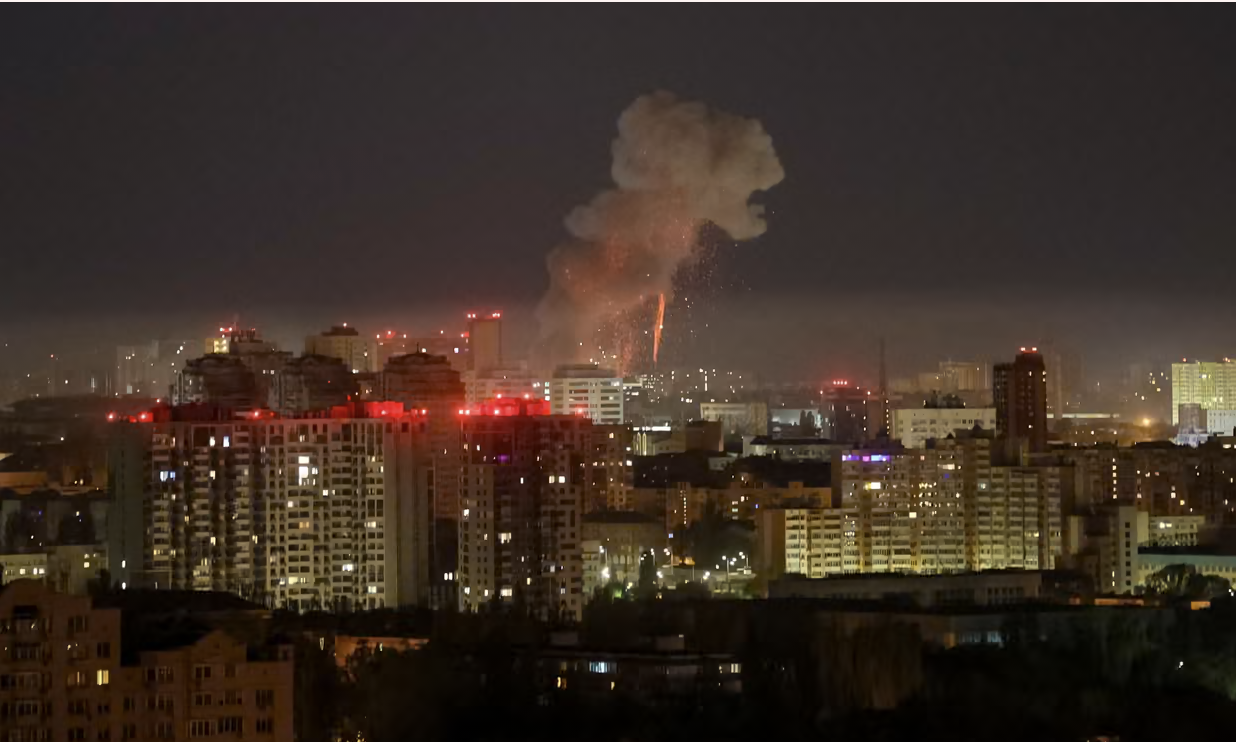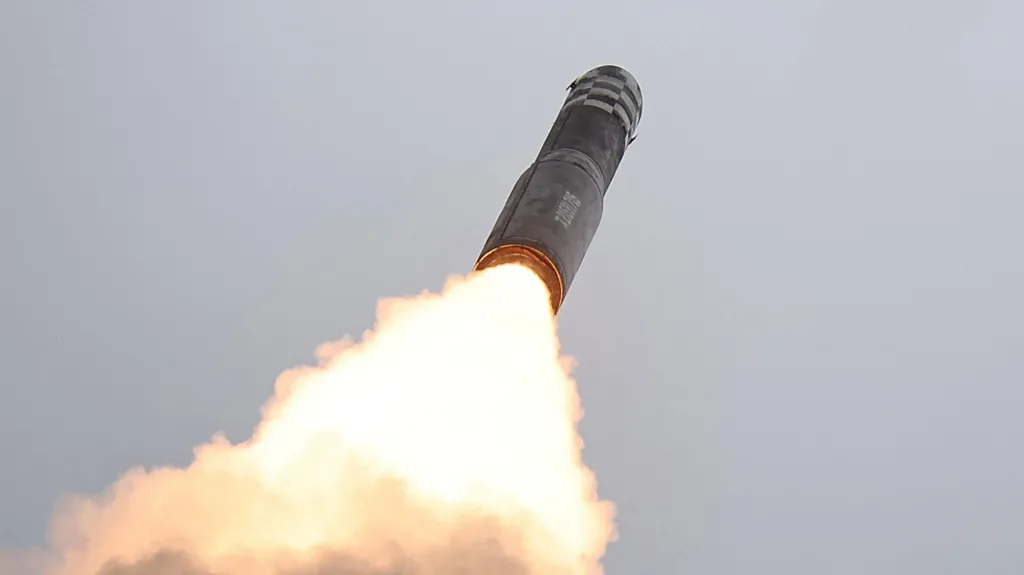
This article is more than
8 year oldNorth Korea fires another missile, South Korea and Japan say
The missile appeared to land in the sea off Japan, the Japanese national broadcaster NHK said.
In early July, Pyongyang claimed to have successfully tested an intercontinental ballistic missile (ICBM) for the first time.
That test was the latest in a series conducted in defiance of a UN ban. The range of the latest test is not known.
The range of North Korea's ICBM has been disputed, but some experts said it could reach Alaska.
Pentagon spokesman Captain Jeff Davis said a launch appeared to have been conducted and that more information was awaited.
The latest missile test is the 14th test carried out by North Korea in 2017.
The missile was launched at 23:41 North Korea time (15:41 GMT) from Jagang province in the north of the country, South Korean news agency Yonhap reported.
- Can the US defend itself against North Korea?
- Have North Korea's missile tests paid off?
- What can the outside world do?
Japanese Chief Cabinet Secretary Yoshihide Suga said the missile flew for about 45 minutes - longer than the ICBM tested in early July.
He said it landed in the sea in Japan's exclusive economic zone - not within Japan's territorial waters.
South Korea's President Moon Jae-in has convened an emergency security meeting for the middle of the night, Yonhap said.

Despite ongoing tests, experts believe Pyongyang does not yet have the capability to miniaturise a nuclear warhead, fit it onto a long-range missile, and ensure it is protected until delivery to the target.
They say many of North Korea's missiles cannot accurately hit targets.
But others believe that at the rate it is going, Pyongyang may overcome these challenges and develop a nuclear weapon within five to 10 years that could strike the US.
The US has installed a missile defence system in South Korea to combat the threat from the North, but the Terminal High-Altitude Area Defense system (Thaad) has angered many in the region, especially China.




